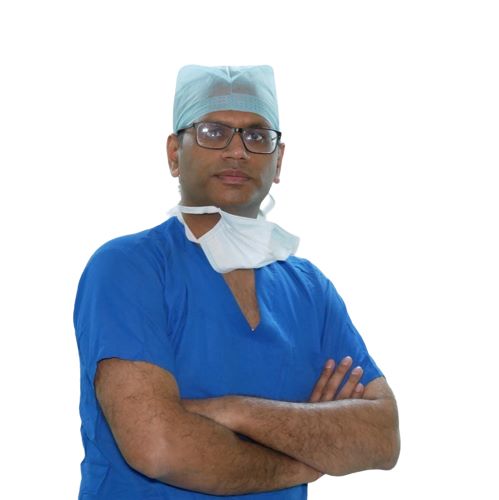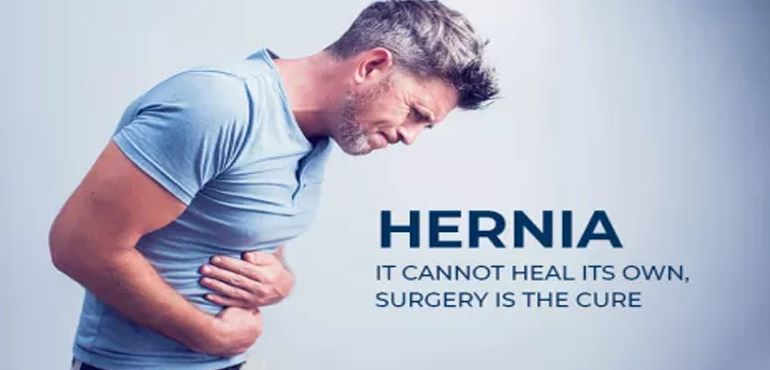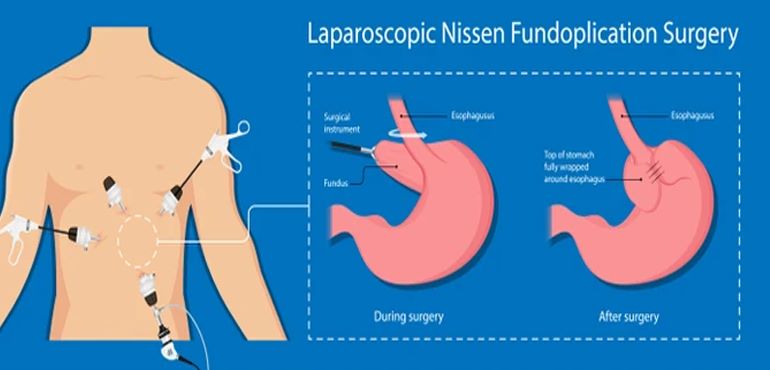
HIATUS HERNIA SURGERY
Hiatus Hernia is a condition in which the upperpart of stomach bulges or squeezes through the opening in diaphragm (large muscle separating chest and abdomen). Diaphragm has a slight natural opening (hiatus) that acts as a path for oesophagus which allows the food to enter the stomach. However, when stomach gets pushed through diaphragm in the chest, hiatus hernia develops.
A small Hiatus Hernia has almost no signs and symptoms and may be discovered accidentally during other workup. However, large hital hernia may allow food & acid to go back in esophagus causing Heartburn.
Other symptoms which may be seen with large hernia are acid reflux or regurgitation of food or liquids in mouth, difficulty in swallowing, shortness of breath and occasionally chest pain.
Diagnosis is usually by upper GI Endoscopy done for one of the typical symptoms or seen accidentally while evaluating other disease. In this the endoscopist passes a flexible tube with camera and light (endoscope) down the throat and visualizes the inside of esophagus and stomach. Other tests are contrast x-ray of upper digestive system (Barium Meal) – wherein contrast coating allows the radiologist to identify silhouette of stomach protruding in the chest and esophageal manometry and 24hour pH study.
Treatment
Since most people with hiatus hernia do not have any symptoms, they won’t need any treatment. However if the hernia is large and if one experience recurrent heartburn, acid reflux or breathing discomfort, treatment may be needed.
- Lifestyle modification: is the first step advised and may help control the symptoms. It includes – eating small frequent meals, avoiding fatty/fried/spicy foods, eating at least 2 hours before bedtime, and elevate the head end of bed by upto 6 inches. Maintaining a healthy weight and to quit smoking is also very effective.
- Medications that block acid production and heal the esophagus (Proton pump inhibitors etc) are very effective and are to be used as second line of treatment.
- Surgery is rarely required and is reserved for patients with large hiatus and persistant severe symptoms even after lifestyle modifications and medications. In selective cases it may be advised to young people responding well to medicines, in order to avoid life long medications. Surgery is done laparoscopically by small punctures on the abdominal wall and involves pulling down the herniated stomach back in the abdomen, and making the abnormally large opening in the diaphgram smaller so as to prevent future recurrent herniation.
With the current minimally invasive approach, the morbidity of surgery is least and results excellent


